What’s New in the Treatment of
Uterine Fibroids?
40% of women over 40 have significant uterine fibroids. That is to say they have troublesome symptoms, the most common one being nocturia (the need to get up in the night to urinate) and subsequent chronic tiredness. Increasingly women contemplating IVF will also find that when they have an ultrasound scan fibroids are seen.
There are different types of fibroids, depending on where they are situated, but they need to be at least 4cm in size in order to significantly interfere with the implantation process (of an embryo). If a fibroid protrudes into the uterine cavity (called submucosal), it may increase the risk of miscarriage and reduce the success rate of IVF.
Large fibroids can be associated with miscarriage, but pregnant women will more commonly present with pain (often due to red degeneration – as uterine blood flow is redirected towards the placenta). Conversely, some fibroids grow during pregnancy, but these will be seen during routine ultrasound scans and monitored. It is rare for these to become so large that they invade the uterine cavity or obstruct the passage of the baby down the birth canal.
If a Caesarean section takes place and the fibroid is sited low in the uterus, a higher incision may be required, or even a vertical one, in order to avoid the fibroid. Whether a delivery is vaginal or by Caesarean, fibroids increase the risk of postpartum hemorrhage. Indeed, because of the risk of haemorrhage, fibroids are never removed electively during a Caesarean section. Women with diagnosed fibroids should be offered an ultrasound scan 12-16 weeks after delivery to see if treatment should be considered.
Which treatment option is appropriate for your patient?
Medical options
These include tranexamic acid to reduce blood flow, and mefenamic acid or ibuprofen to selectively act on the uterine muscle inflammatory response during menstruation. Some women will also benefit from having a Mirena fitted, particularly if they are becoming peri-menopausal, as often fibroids will gradually shrink as the effect of oestrogen diminuishes.
Uterine Artery embolisation
This has now been available for over 20 years and has been shown not to significantly affect fertility. It can now be offered to women who wish to become pregnant after treatment. This option can shrink the fibroids by up to 40%, which may be beneficial in achieving a pregnancy, but there is evidence of some re- growth over 5-10 years. The procedure requires the woman to stay in hospital overnight for analgesia – usually through a self controlled pump – and the average time for recovery afterwards is three to four weeks.
Focussed ultrasound treatment
This option makes use of 238 beams of ultrasound aimed at the centre of one or two dominant fibroids. The procedure is carried out as a day case and does not have the same analgesic requirement as embolisation, as the tissue destruction pathway involves less inflammatory cytokines. The patient lies face down on the focused ultrasound MR compatible table and the treatment takes 60-90 minutes. This too shrinks the fibroids by up to 40% but is really only suitable for fibroids less than 10cm in size.
Focused ultrasound is also a suitable treament for women wishing to preserve fertility, and for women who have completed their family but are looking to effectively improve their symptoms of nocturia and abdominal discomfort.
Sonata system
Radio frequency ablation (the Sonata system) is minimally invasive way to treat fibroids as an out-patient, using ultrasound and radiowaves. Reviews show that this method can decrease the size of your fibroids by up to 40%, and in some case means that more major surgery is not required.
Myosure
Myosure is a minimally invasive procedure that can remove uterine fibroids and polyps by using a vaginal approach., usually in the out-patient clinic.
Surgical Treatments
For women who have fibroids of less than 10cms, and who have not had previous abdominal surgery, laparoscopic myomectomy is an option for intra-mural, sub-seraosal and pedunculated masses. This is associated with a shorter hospital stay (two to three days) and a quick return to normal life.
Open Myomectomy and hysterectomy
These options are usually only offered when minimally invasive treatments are thought unlikely to relieve symptoms or significantly improve fertility chances. Open myomectomy carries a small risk (less than 1%) of hysterectomy in the event of life threatening bleeding. Pre–operative administration of Gonadotrophin-releasing hormone (GnRH) antagonists or Ulipristal have been shown to reduce intra-opertive blood loss. With all women it is imperative to optimise their pre-operative haemoglobin levels.
